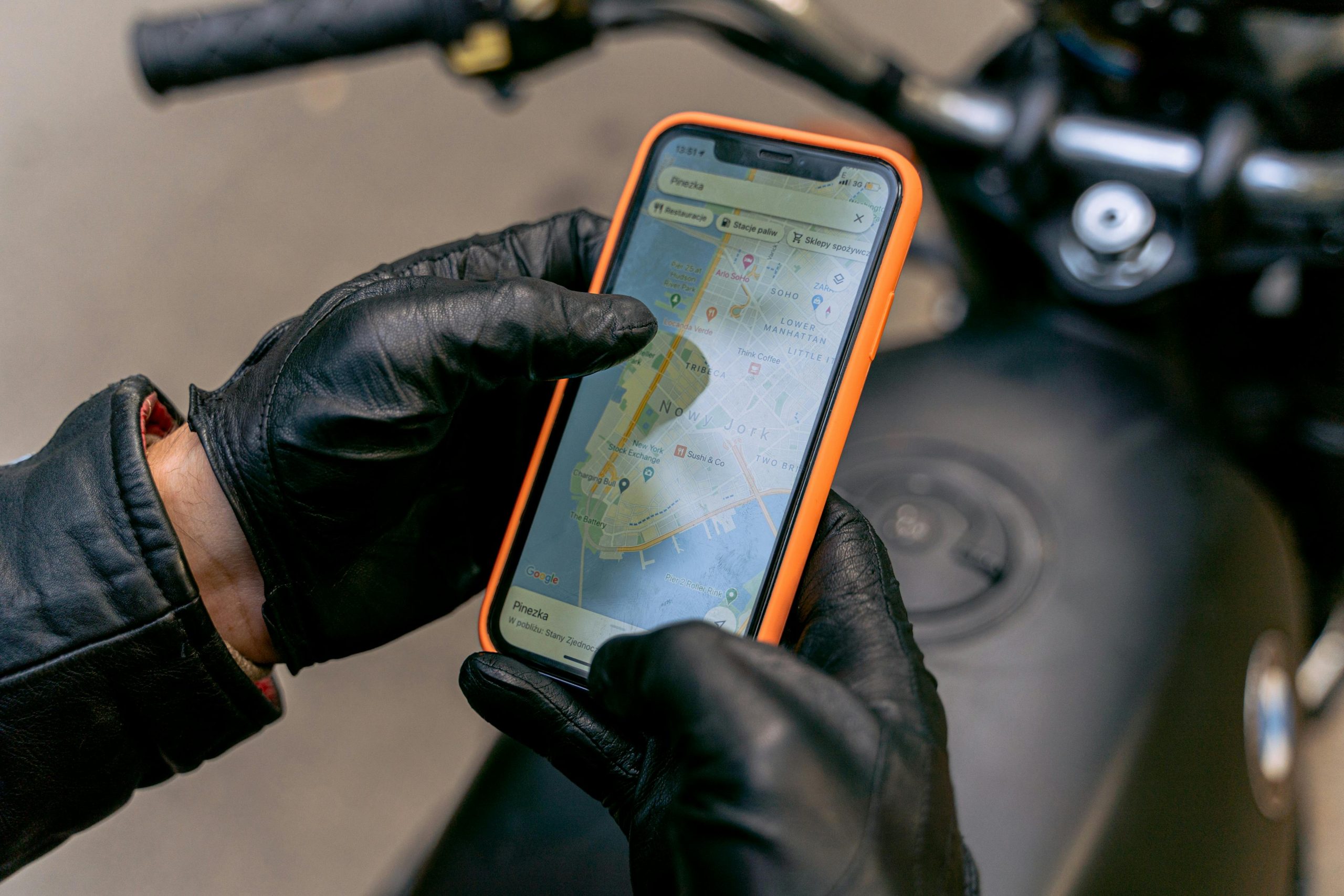Is it that far?
How Far is Too Far? Exploring the Concept of Distance
In today’s fast-paced world, our perception of distance is constantly evolving. With the integration of advanced technology in our lives, the notion of what constitutes a “far” distance has shifted dramatically. But have we ever reflected on whether this change is for better or worse?
Our ancestors, who traveled by foot, horse, or sail, perceived distances quite differently than we do with modern transportation systems. For them, journeys were measured in days or even months. Meanwhile, we measure ours in hours or minutes, thanks to cars, planes, and high-speed trains.
Yet, even in the age of instant communication via the internet, where information can cross the globe in nanoseconds, our understanding of physical space remains crucial. Why? Because it affects our perceptions, social connections, and even how we engage with the world.
The question of what is considered “far” is subjective and depends on various factors including convenience, accessibility, purpose, and urgency. A trip across town might seem like a long haul if you’re on foot, yet only a short drive away when using a car. Meeting a friend in another city could seem daunting unless you’re hopping on a quick flight.
Understanding our personal thresholds for distance helps us balance accessibility with opportunities, impacts how we socialize, and even informs our environmental footprint awareness. So let’s reflect: how far are we willing to go, and how does our own perception of distance shape our decisions?








Post Comment